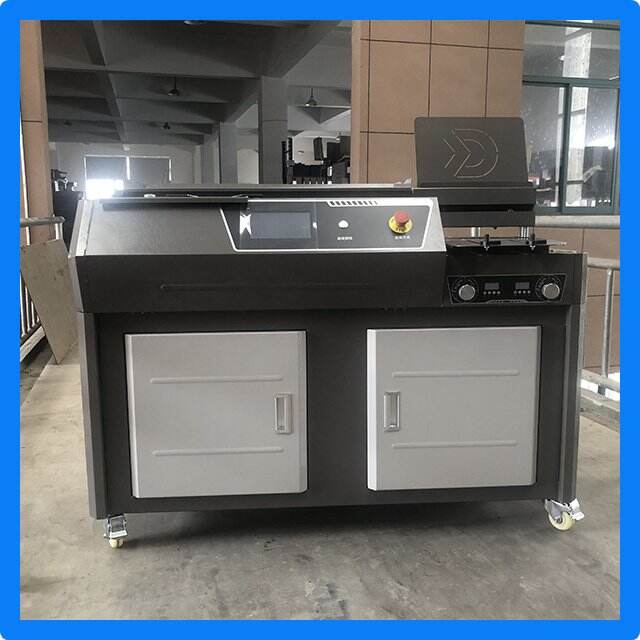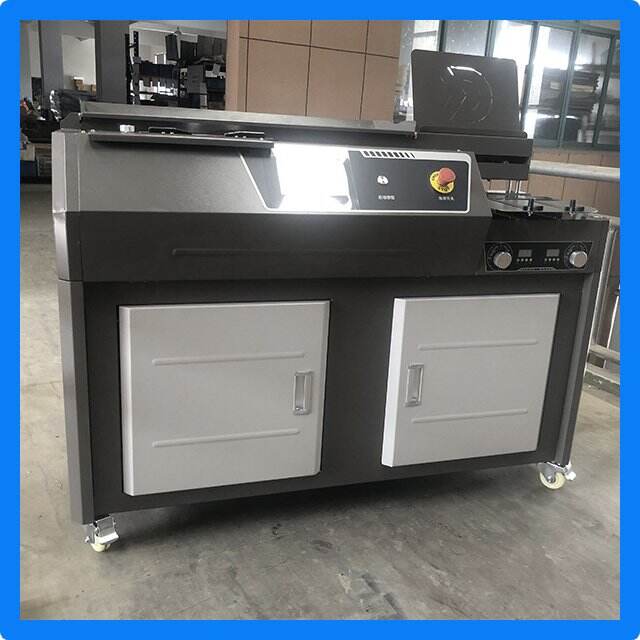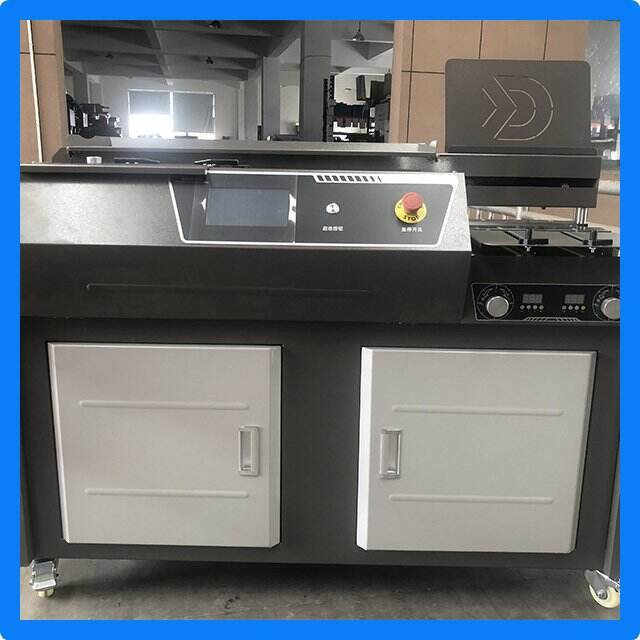Books can be produced by publishers and authors on automatic book binding machines much faster and at a lower cost. These machines are capable of perfectly binding pages, covers, and spines together, styling a book in a short period of time. This cuts down on time and ensures that all the books are of the same quality.

The way people publish has changed with the introduction of automatic binding machines. Now publishers can create many books simultaneously, and be more responsive to what readers want. Authors also win since they can bring their books to market and share them more quickly. Now, publishers and authors can spend even more time writing and less on concerns of how they will be making the books.

Automatic book binding machines are capable of many feats that can be beneficial. They are able to bind books of various sizes and levels of thickness, with different paper types and cover types. They also can perform various types of binding, including perfect binding, saddle stitching and spiral binding. This allows publishers and authors to design their own books.

In the past, it took a ton of manual work to bind books, and that could take a long time and lead to mistakes. Today, machines called automatic book binding machines perform most of the work so you won’t have to. Once you input things like the size of the booked and the style of its binding, the machine can do the rest, such as trimming edges and applying glue to the spine. "Some of that is the appropriate strategy because of a front end that's never been well-funded, and some of that catches up this way in terms of getting the work done quickly and getting better outcomes.